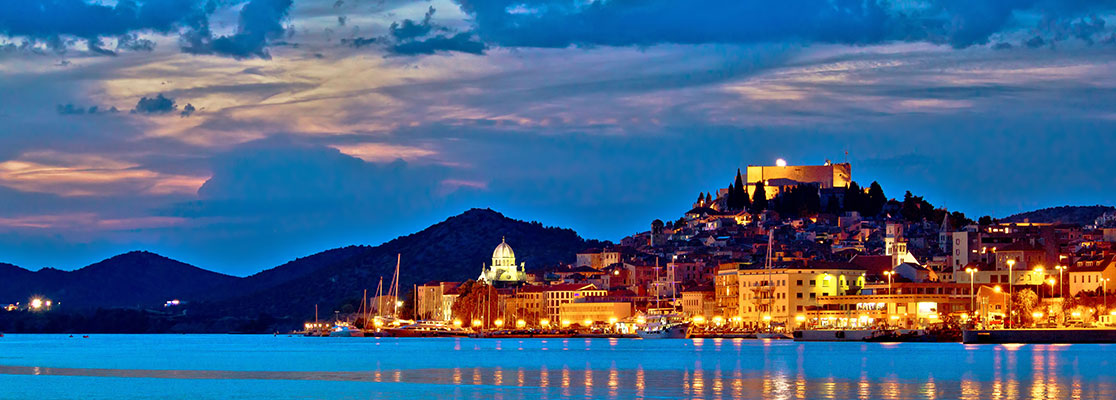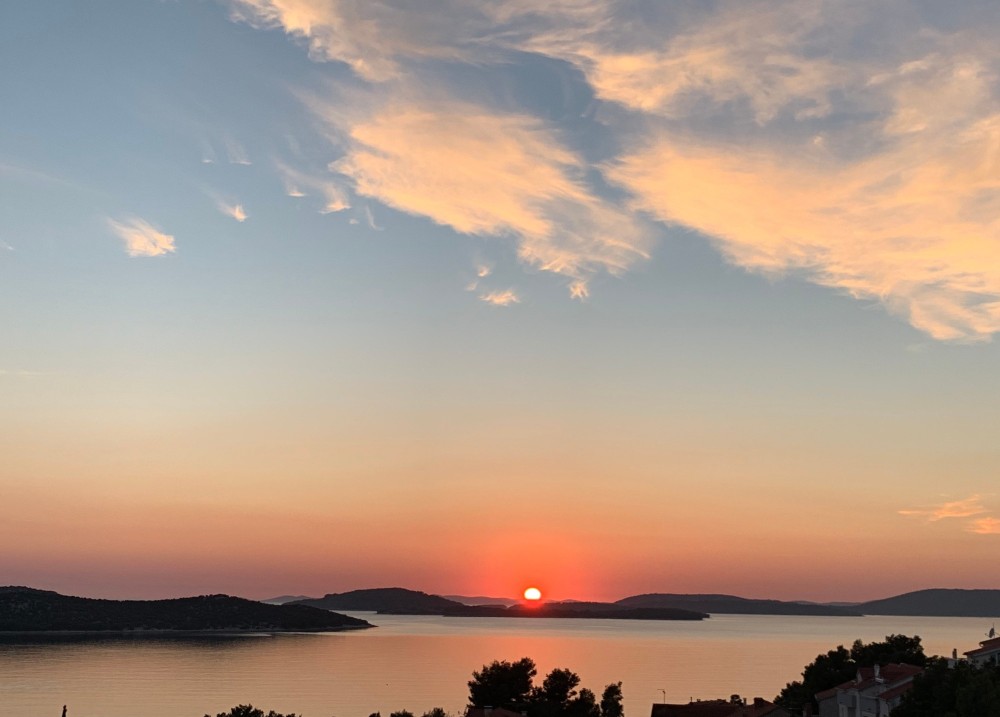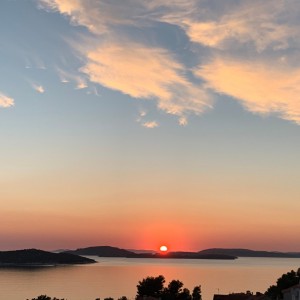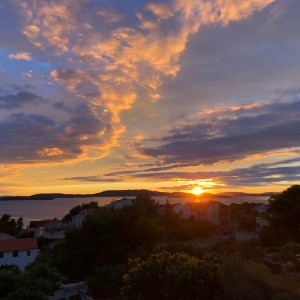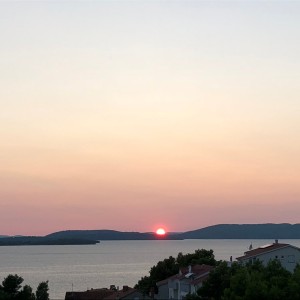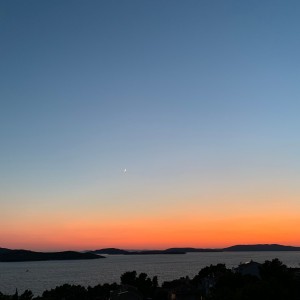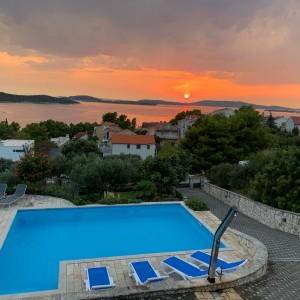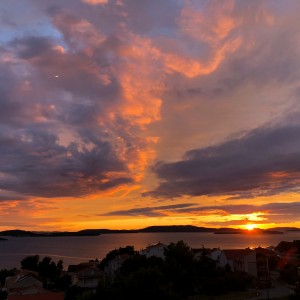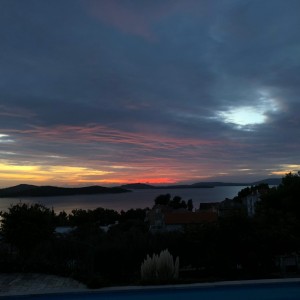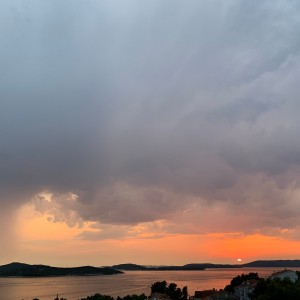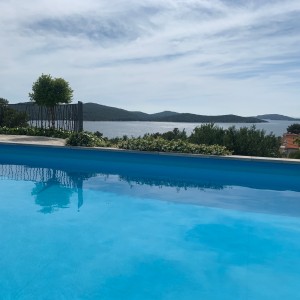Sibenik is historical town located in the picturesque bay where the Krka River flows into the Adriatic Sea, in Central Dalmatia. Sibenik today is the administrative, political, economic, social and cultural center of the County of Sibenik and Knin which extends along the 100 kilometer long coastline between the Zadar and Split Rivieras, extending up to 45 kilometers into the hinterland area.
Sibenik is historical town located in the picturesque bay where the Krka River flows into the Adriatic Sea, in Central Dalmatia. Sibenik today is the administrative, political, economic, social and cultural center of the County of Sibenik and Knin which extends along the 100 kilometer long coastline between the Zadar and Split Rivieras, extending up to 45 kilometers into the hinterland area.
Sibenik and Knin County has 242 islands, islets and above-sea reefs and only 10 island settlements. The most numerous group of islands are the Kornati, widely known for their bizarre shapes and splendid natural beauties.
This historical, fortified town is the oldest native Croatian town on the shores of the Adriatic sea. Unlike other cities along Adriatic coast, Sibenik was founded by Croats around the 9th century. Town Sibenik was mentioned for the first time in the 11th century in a document written by the king Petar Kresimir IV. Through the history many different nations was fighting for tit – from the Austrian-Hungarian monarchy over Byzantium to Venice, but the town was still making progress, spreading and developing its culture, art, navigation, trade and economy in general. Sibenik was under the Venetian rule for long 400 years and from that period we have the most significant historical and cultural sites of Sibenik today. Among them is also the main symbol of the Town today – the Cathedral of St. Jacob.
The Cathedral of St James is a construction made of white stone blocks without any supporting part made of wood or any other connecting material. This cathedral is fascinating and is the most significant architectural achievement of the 15th and 16th century in Croatia, built up in a unique Gothic and Renaissance style with a frieze of 71 human heads in the exterior, and sculptures and mosaics in the interior. The Cathedral of St. Jacob was enlisted in the UNESCO World Heritage list in 2000.
During the Venetian government Sibenik becomes one of the most important humanistic and Renaissance centers. It was gathering place of different artist (writers, architects, historians, artists). One of them has a special place in history of Sibenik, he is Faust Vrancic. He was a polymath and bishop, who was interested in different fields from science to theology, he published the book of inventions “Macchinae novae” as well as the “Dictionary of the five most noble European languages”, making it the first dictionary of the Hungarian and Croatian languages at the same time ever printed.
This region is characterized by the library of the historical sites and culture, protected by the limestone rocks and mountain hinterland, blessed with more than 200 islands, islets, cliffs and reefs in its waters, a rich vineyard treasury united in a unique urban center.
TWO NATIONAL PARKS
From the National Krka waterfalls, its rocky surroundings, islet Visovac, on which the Franciscans monastery found its setting, to the canyon of the river Krka, where the oldest orthodox monastery is situated; from the picturesque vineyards of Primosten to the National park Kornati looking like the white tears spread on the blue sea.
Coastal settlements of the Sibenik region
Each place in this region has its interesting features representing places of rich history and culture, with beautiful beaches.
In 2009 Primosten’s vineyards were presented as the UNESCO candidate for the register of the World cultural heritage. The picture of Primošten’s vineyards is exhibited in the main building of the UN in New York.
Murter village is known for the fishing tradition, village Betina is known for the building of wooden ships, the smallest inhabited island on the Adriatic coast Krapanj – is known for the sponge fishing tradition, island Zlarin is known for the coral fishing tradition, and the island Prvic is known as the island of innovations thanks to Faust Vrancic – inventor of the first usable parachute in the human history.
The Sibenik’s kitchen
Sibenik’s kitchen is a typical Dalmatian kitchen. Typical Dalmatian kitchen represents dishes with aromatic plants and olive. The so called “sir iz misine” (sheep cheese) is an autochthonous product, which has strong, refined and unforgettable taste, smell and flavor, is formed in the natural shape of a ball, and it has been delivered at the market place. It suites best with the domestic bread made under ‘peka’ and aromatic red wine. This Region is also famous for red wine Babis which is produced from Primosten’s world-known red-grape sorts. Smoked ham of Drnis is another gastronomic delicacies awarded many times because of its quality and technology of preparation.
EVENTS AS THE MOST IMPORTANT CHARACTERISTIC OF THE SIBENIK’S AREA
Sibenik is the host to various events such as The International Children’s Festival, The International Medieval fair, a capella song evenings (“klapa” evenings) and the Dalmatian chanson evenings, the antique fair and the sport-entertainment events “Bodulska pripetavanja” with lots of organized programs, performances, plays and the whole day entertainment on every island of the Sibenik’s archipelago.


